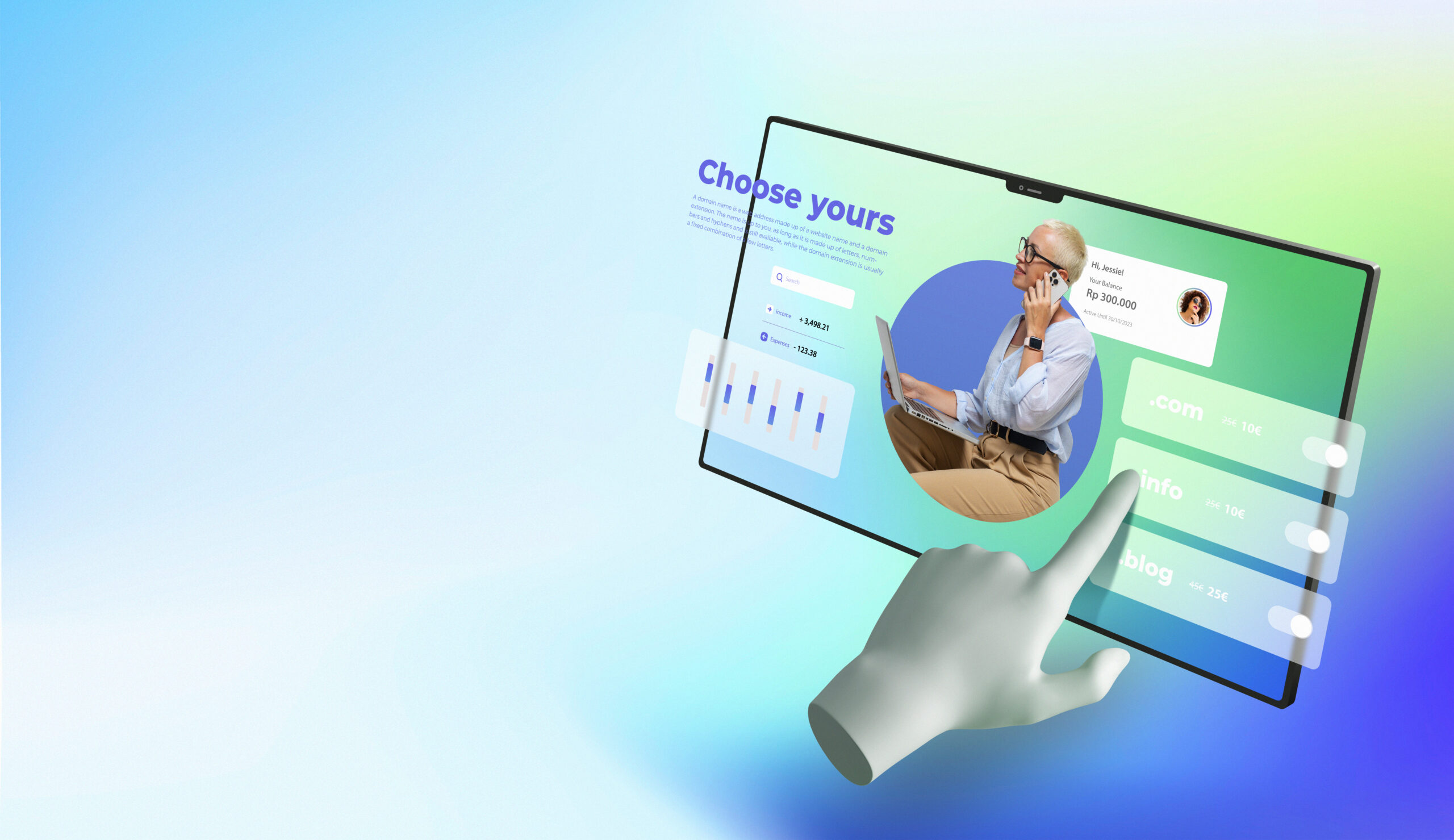Attention, UX designers seeking to elevate their research process! If you’re eager to explore the realm of artificial intelligence (AI) and how it can revolutionize your practice, you’ve come to the right place. Prepare yourself for an insightful guide that delves into the best practices, potential challenges, and valuable tips for harnessing AI to enhance the efficiency and effectiveness of your UX research.
In this captivating post, we’ll embark on a thrilling journey of discovery and exploration. Together, we’ll uncover the transformative power of AI, unlocking new possibilities and unleashing the full potential of your research endeavors. So fasten your seatbelts and brace yourself for an adventure that will revolutionize the way you approach UX research. It’s time to embark on this exhilarating ride of knowledge and innovation. Let’s dive in!
What is AI and How Can it be Used in UX Research
AI or artificial intelligence, is the simulation of human intelligence processes by computer systems. It is composed of algorithms that enable machines to recognize and analyze input data and subsequently make decisions based on that data. In UX research, AI can automate processes and gain insights from large amounts of data, improving the efficiency and accuracy of research. With AI, researchers can collect and analyze user feedback more easily, identify patterns in behavior, and make better decisions about the development of products or services. In Webtec we can help you with that, Contact Us today!
Additionally, AI can help designers understand emotions and moods through facial recognition, which can lead to more personalized experiences for users. As the field of AI continues to advance, it will undoubtedly become an integral part of UX research and lead to even more sophisticated and effective solutions for businesses and customers alike.
Benefits and Drawbacks
As technology continues to rapidly advance, the field of user experience (UX) research has also been impacted. One significant innovation is the use of artificial intelligence (AI) in the research process. Utilizing these tools allows for faster and more efficient analysis of large amounts of data, such as user feedback and behavior patterns. AI can also help identify areas for improvement in websites and apps, leading to an enhanced user experience.
However, there are also potential drawbacks to using AI in UX research. One concern is the possibility of bias in data analysis, as AI can only make decisions based on the data it has been trained on. Additionally, some argue that relying too heavily on AI can lead to a lack of human empathy in the research process. Overall, while can greatly benefit UX research, it is important to consider its limitations and potential downsides.
The Role of Automation in UX Research
As technology continues to advance at a rapid pace, automation has become a crucial tool in UX research. Automation allows researchers to collect and analyze large amounts of data quickly and accurately, saving time and resources. With automated tools, researchers can track user behavior, conduct A/B testing, and gather feedback on prototypes, all while minimizing human error. However, it’s important to note that automation should not replace human insights and understanding.
While automation can provide valuable data, it still requires human interpretation and analysis to truly understand user experiences. With the right balance of automation and human expertise, UX research can become even more efficient and effective in improving user satisfaction and achieving business goals.
Best Practices for Applying
As technology rapidly advances, the integration of artificial intelligence (AI) into UX research has become increasingly prominent. AI has the potential to revolutionize the research process by providing valuable insights and enhancing data analysis capabilities. However, it is crucial to approach this integration with caution. A key best practice is to ensure that the training data used for AI models is diverse and inclusive, preventing biased outcomes. By incorporating a wide range of perspectives, companies can mitigate the risk of perpetuating existing biases. Additionally, involving UX researchers throughout the AI integration process is essential for accurate interpretation and analysis of the collected data. Collaboration between AI systems and human researchers can lead to more comprehensive insights and improved research outcomes.
By thoughtfully integrating AI into UX research, companies can unlock numerous benefits, such as increased efficiency and deeper insights. However, it is important to approach AI implementation responsibly, considering ethical considerations and potential user impacts. Through careful and considerate integration, the power of AI in UX research can be harnessed, leading to enhanced research outcomes and informed decision-making.
You should our blog post: Optimize Your Web Development with AI.
Pitfalls to Avoid
Artificial Intelligence (AI) has taken over various industries by storm, and UX research is no exception. Integrating it into your UX research strategy can yield tremendous insights, but it’s essential to avoid potential pitfalls. One common mistake is relying solely on AI-generated data without considering the context and human input needed to analyze it effectively. It’s important to balance AI with human intuition to achieve accurate insights. Another pitfall is relying too heavily on AI to understand consumer behavior while ignoring traditional UX research methods, such as surveys and focus groups.
Lastly, it’s crucial to ensure data privacy and security, as AI relies on vast amounts of personal data. Careful consideration and thoughtful implementation of AI in UX research can lead to meaningful insights that can enhance user experiences.
Understanding the Human Element
Artificial intelligence (AI) has become a ubiquitous technology in our daily lives, from virtual personal assistants to facial recognition systems. As AI continues to revolutionize user experience (UX) research, it’s crucial to understand the human element involved. While AI algorithms can streamline and automate certain aspects of research, they can’t replace human insight and empathy.
It’s imperative to recognize the limitations of AI and leverage it as a tool rather than a complete solution. By combining AI-driven UX research with human observation and interaction, we can ensure that our products and services truly meet the needs and desires of our users.
Conclusion
To sum up, using AI in the UX research process can be an extremely useful and effective tool for businesses. Not only can it streamline time-consuming processes, but it also has the potential to uncover actionable insights that might otherwise have been missed. As more businesses begin to deploy AI technologies, we’re sure to see continued increases in efficiency and accuracy.
What’s more, this shift is likely to inspire innovative new solutions that dramatically shape the world of UX research design. With the right combination of technology and human ingenuity, there’s no telling what kind of breakthroughs await us in this exciting new realm! So if you’re ready to take your business into the future, why not give AI a try? You’ve got nothing to lose but outdated ways of doing things.


